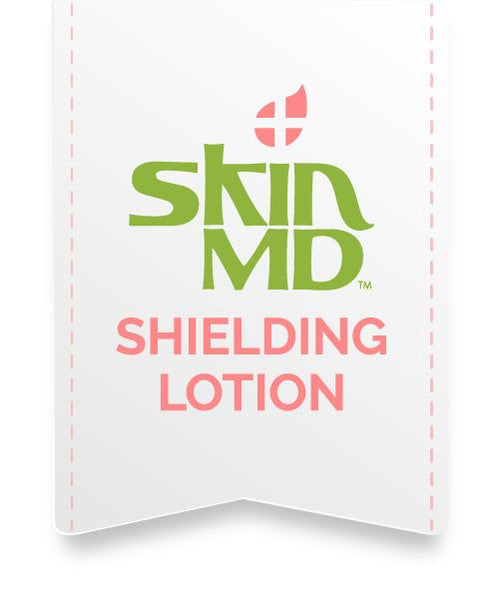Girlll, its a thing. Dermatologists are seeing a rise in acne cases now that we are all covered up with our pretty little masks. It's no surprise either, since you can feel the sweat, and oil building up underneath the tight fabric wrapped around your nose, mouth and chin - already oily T-zone atmosphere, right there!
What exactly is maskne and why does it happen?
“Maskne is acne formed in areas due to friction, pressure, stretching, rubbing or occlusion,” Nazanin Saedi, MD, a board-certified dermatologist at Thomas Jefferson University, explains to Health. “You can see it in the areas covered by the mask and also the areas where the mask and face shields touch the skin.”
How Can you Avoid Maskne? A Must-read!
1. Think about the mask you are wearing:
Its a personal decision, but dermatologists prefer 100 percent cotton as a good solution because it is breathable, and also does not heat up like other fabrics do.
But also, you gotta think about the hygiene of the mask. It is important, just like your underwear, that it gets washed frequently. I mean, after all, it is there to collect germs, so its not a good idea to re-use it more than once or twice.
2. Simplify your skin routine
Since you are mostly covered up, or at home anyway, best to cut down on the cosmetics. Think of it as a skin-diet, get minimalistic with what products you choose to put on that delicate and gorgeous face of yours. This is the chance you always wanted to give the skin a break.
“Fewer ingredients is better than more,” said Dr. S. Tyler Hollmig, the director of dermatologic surgery at the Dell Medical School at the University of Texas.  Skin MD Face creams are perfect as a shield or even as a hydrating moisturizer to help in this regard. Few ingredients, and most of which are plant-based makes this a safe option. "The ingredients are what is most important," says Dr. Lisa Benest. "The product has plant based ingredients that are anti-inflamattory" she continues. That means they will calm and soothe any breakouts and redness on your skin.
Skin MD Face creams are perfect as a shield or even as a hydrating moisturizer to help in this regard. Few ingredients, and most of which are plant-based makes this a safe option. "The ingredients are what is most important," says Dr. Lisa Benest. "The product has plant based ingredients that are anti-inflamattory" she continues. That means they will calm and soothe any breakouts and redness on your skin.
3. Put away the heavy foundation (at least for a while)
This is the time to really tone it down girl. Try a tinted moisturizer instead of a heavy coverage foundation, or even look for a whole new brand that has more gentle ingredients.
If you sweat underneath your mask, Dr. Shari Marchbein, a dermatologist in New York, suggests using micellar water or a gentle cleanser to do a quick wash when you take it off. (Overwashing your face dries it out, tricking it into thinking it needs to produce more oil, which can give you more of the acne you’re trying to avoid.) So, always apply a shielding face lotion like Skin MD, to give back what you hath taken.
How to Treat It (if You Get It)
If you have maskne, you will want to treat it right away - but you still gotta wear that mask outdoors for now.
It is recommended to use an over-the-counter benzoyl peroxide treatment only on the spots, and starting with a low concentration, such as 2.5 (not 10).
Skin MD's Face creams are also formulated to treat both the blemishes and the redness on the skin.
If what’s on your face looks like more of a rash or “makes you want to scratch your face off,” as Dr. Gohara put it, it’s possible your issue isn’t actually acne. You may have contact dermatitis, which is really common for people who wear masks often.
Skin MD has been formulated to help repair contact dermatitis, and although has not been tested specifically for mask-wearing, it is botanical and cost effective solution worth trying.


Comments (0)
Back to Skincare